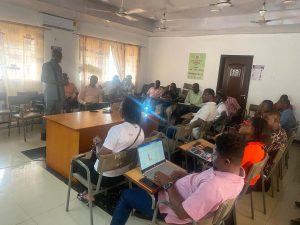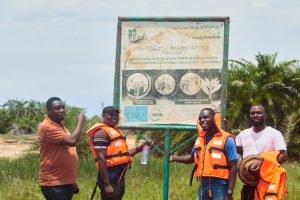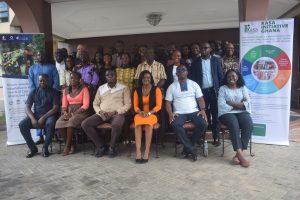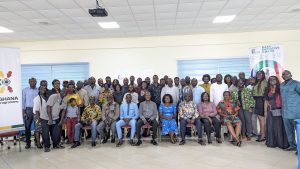Prices of various petroleum products have started going up from Monday after the Oil Marketing Companies (OMCs) were directed by the National Petroleum Authority (NPA) to start applying revised Energy Sector Levies.
The NPA’s directive is as announced in the Supplementary Budget presented by the Finance Minister, Ken Ofori-Attah.
Based on the revision petrol would witness a ¢0.20 adjustment, while Diesel would also attract ¢0.20 jump in price per litre.
The increase is as a result of the Road Fund Levy, Energy Debt Recovery Levy, as well as the Price Stabilization and Recovery Levy increased up 20 per cent.
The development would mean that the percentage of levies on various price build up on each product would go up.
This should mean that the litre of petrol is now expected to be sold at around ¢5.39 for both petrol and diesel and 4.5-litre gallon should be selling at around ¢24.25.
Oil marketing firm Shell took the lead by increasing each litre of petrol and diesel by ¢0.19 effective September 1 2019.
This is resulting in their service stations around the country adjusting their prices as displaced on their boards as Super goes for ¢5.38 and Diesel selling for ¢5.38.
However, JoyBusiness is learning that other major oil firms are expected to review their prices later in the day. e
A kilogram of LPG is expected to also go up by ¢0.08.
Some of the OMCs have told JoyBusiness that it might be difficult to absorb the expected increase because their margins and profits have not been that good due to the increased competition in the sector.
There are currently more than 100 OMCs operating in the country.
Most industry players would be looking up the industry leader, GOIL whether it would increase prices or absorb it, a move that would influence the others.
Some industry watchers have argued that prices could have remained fairly stable if it had not been for the application of the revised levies.
JoyBusiness’ checks with various importers and bulk distribution companies showed that some of the major products should have rather gone down.
Source: www.myjoyonline.com






